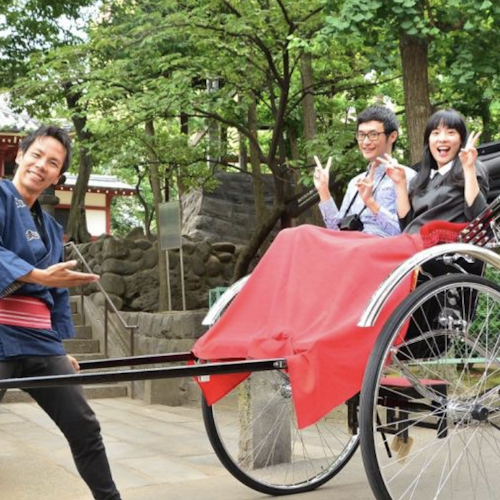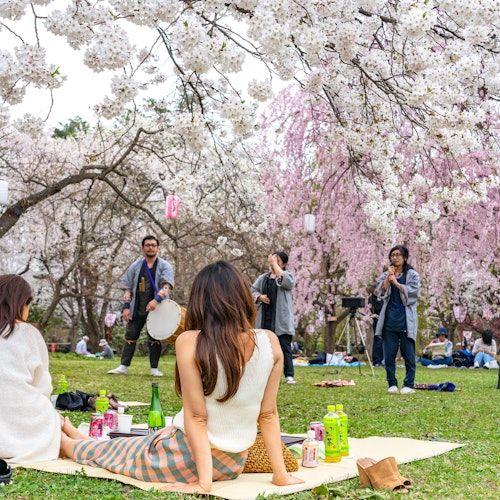
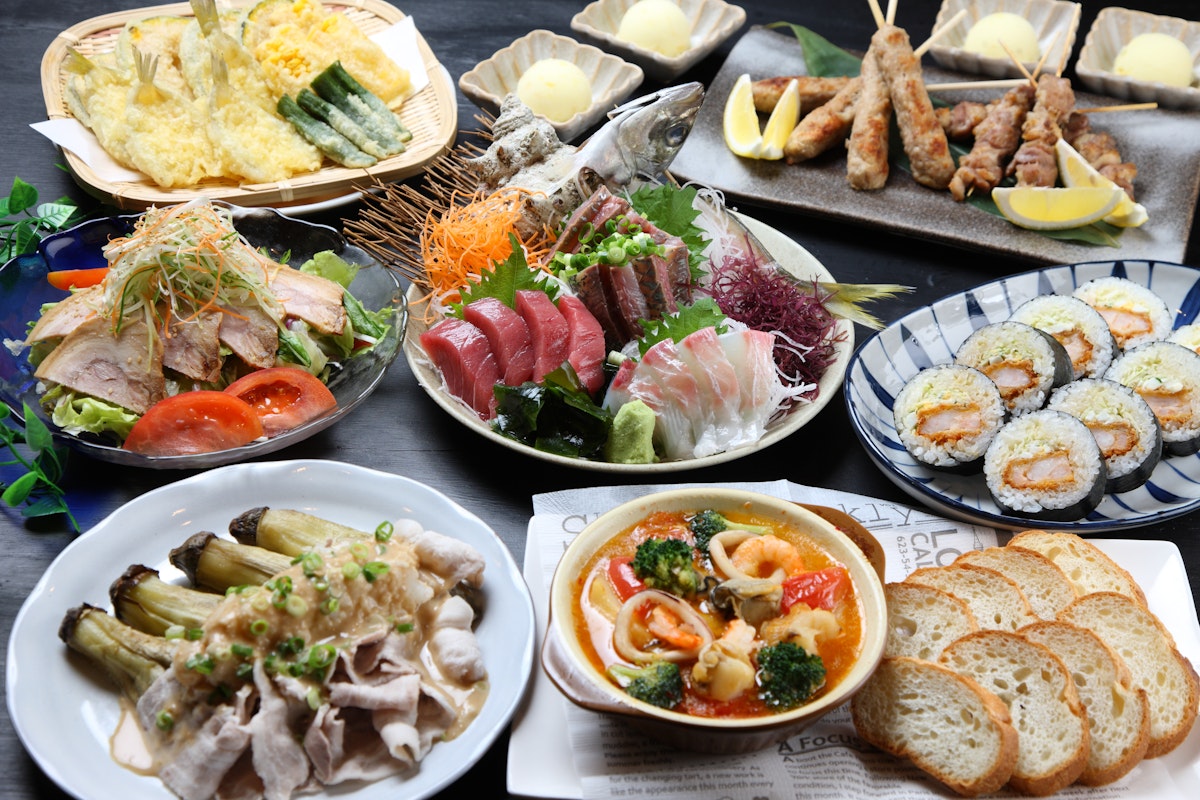
If there's one thing we know about Japan, it's that it is a country of contrasts. Home to towering skyscrapers and serene zen gardens, traditional tea ceremonies, and hyper-speed bullet trains, it's a place where the modern and the ancient exist side by side. This fascinating duality is also deeply reflected in Japan's culinary landscape. While sushi often takes the international limelight as a representation of Japanese cuisine, it barely scratches the surface of the rich gastronomic tapestry that Japan has to offer. The misconception that sushi is the sole ambassador of Japanese cuisine perhaps comes from its global popularity, but it overshadows the vast array of culinary delights that are waiting to be explored in the Land of the Rising Sun.
Journey with us as we traverse the archipelago, unearthing the hidden treasures of Japanese cuisine, from the humble comfort of a bowl of ramen to the carefully orchestrated elegance of a kaiseki meal, and everything in between. We'll dive into the cacophony of flavors found in bustling city street foods, the hearty simplicity of country cooking, and the refined complexity of dishes crafted for centuries in the Imperial kitchens. As we explore, we'll uncover the stories, traditions, and philosophies imbued in each dish - a testament to Japan's deep reverence for balance, seasonality, and aesthetics. So put your preconceived notions aside, and prepare for an enlightening culinary adventure that goes far beyond sushi.
Ramen, a concoction of warm broth, chewy noodles, and a variety of toppings, is one of Japan's culinary icons. Despite its origins tracing back to China, ramen has found a home in the heart of Japanese culture. It made its first major appearance in Japan in the late 19th century, but it wasn't until post World War II that ramen stands started to dot the streets, offering an affordable and satisfying meal to the masses. Today, ramen enjoys a revered status, with myriad regional variations reflecting the diversity of Japanese culture and the unique palate of each region.

Image Credit: takedahrs
From Hokkaido's miso ramen, a comforting bowl against the island's frigid climate, to Fukuoka's tonkotsu ramen with its rich, pork-bone broth, ramen has woven itself into the fabric of Japanese life. Ramen is far more than a meal - it's a late-night companion, a lunch-break respite, a reason to gather with friends, and even an art form, with dedicated chefs spending years perfecting their broth, noodle texture, and topping combinations. The tale of ramen reflects the tale of Japan itself - one of resilience, transformation, and the relentless pursuit of excellence.
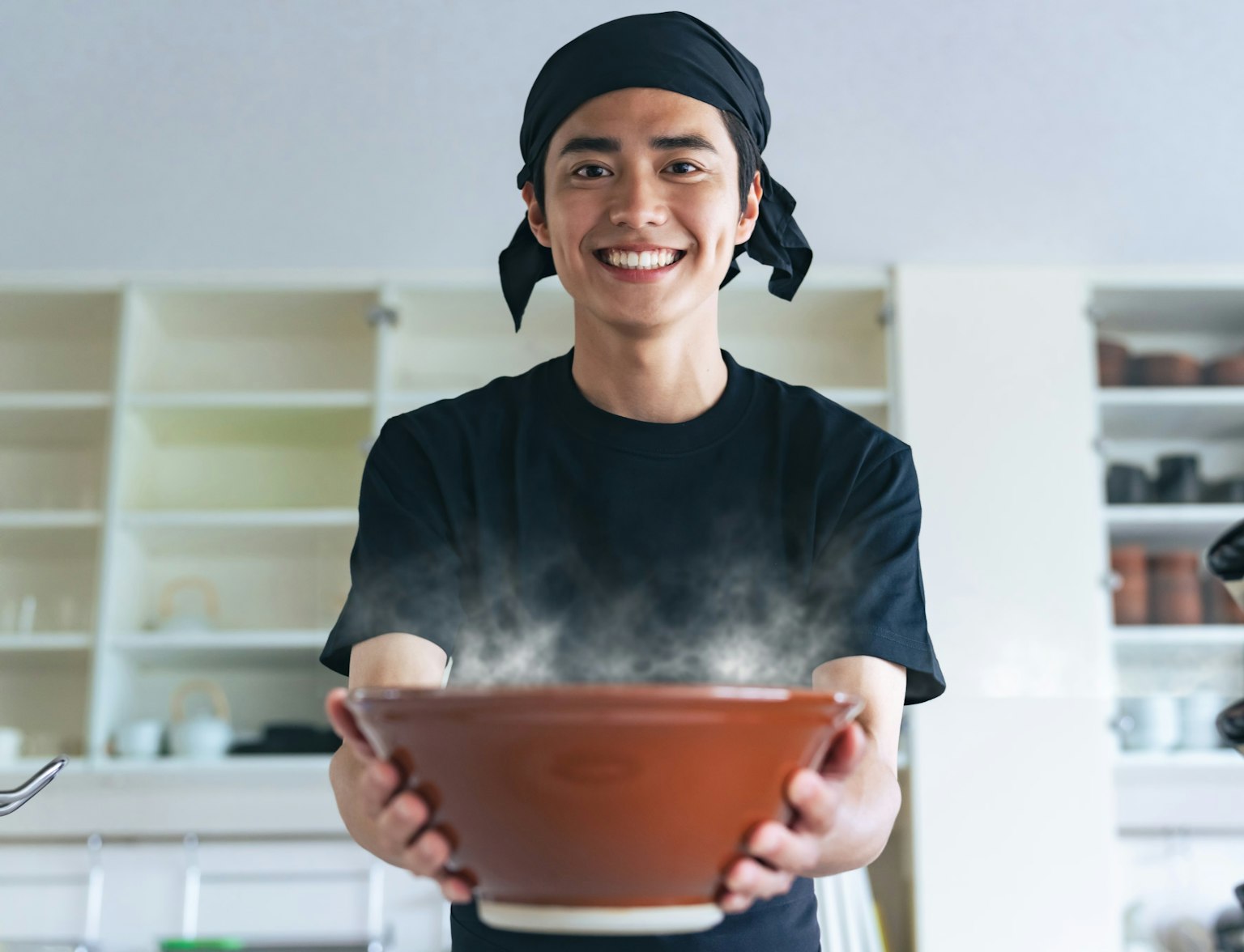
Learn to make your own bowl of ramen.
Imagine a dish that allows the freedom to toss in 'whatever you like', then cooked to golden perfection and served hot off the griddle. Welcome to the world of Okonomiyaki, often referred to as Japanese pizza or savory pancake. The name Okonomiyaki literally translates to 'grilled as you like it', symbolizing the versatility of this dish. Originating from the Kansai region, Okonomiyaki has spread across the nation and evolved into distinctive regional varieties.
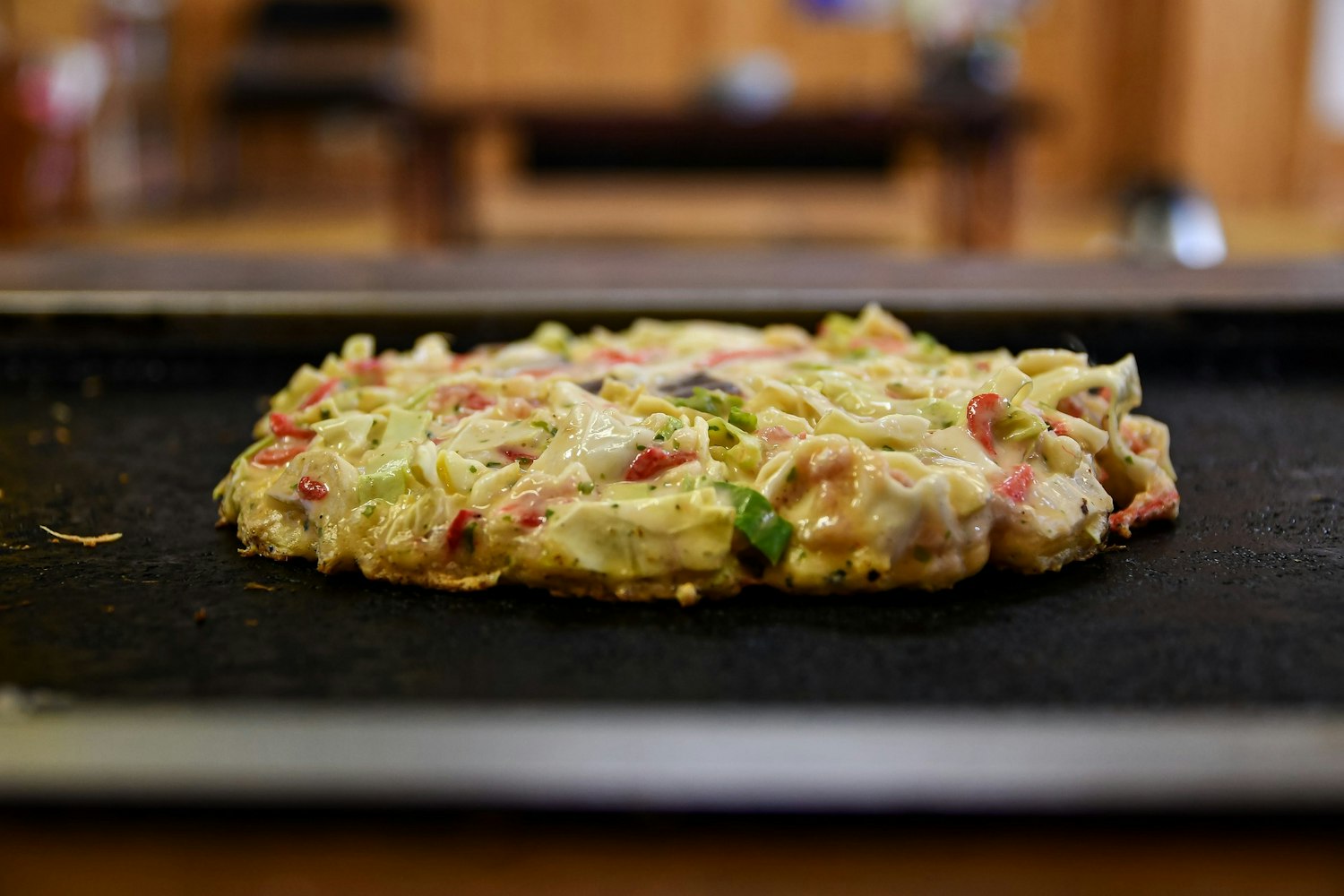
Image Credit: Johnny_px
In its traditional form, Okonomiyaki consists of a batter made with flour, grated yam, and eggs, filled with a variety of ingredients like cabbage, pork, squid, and topped with a special okonomiyaki sauce, Japanese mayo, dried seaweed, and bonito flakes. Osaka-style okonomiyaki mixes all the ingredients together before grilling, while Hiroshima-style layers each ingredient separately. Whether enjoyed at a street food stall, a dedicated okonomiyaki restaurant, or cooked at home, Okonomiyaki is a testament to Japan's ingenious approach to comfort food.

Try also the okonomiyaki in Nagoya.
Few dishes capture the essence of Japanese street food culture quite like Yakitori. These skewers of bite-sized chicken pieces, grilled over charcoal and often enjoyed with a glass of beer, are a beloved staple of izakaya (Japanese pub) menus. The term Yakitori broadly means 'grilled chicken', but it encompasses much more, featuring various parts of the chicken, including the thigh, breast, skin, liver, and even cartilage.
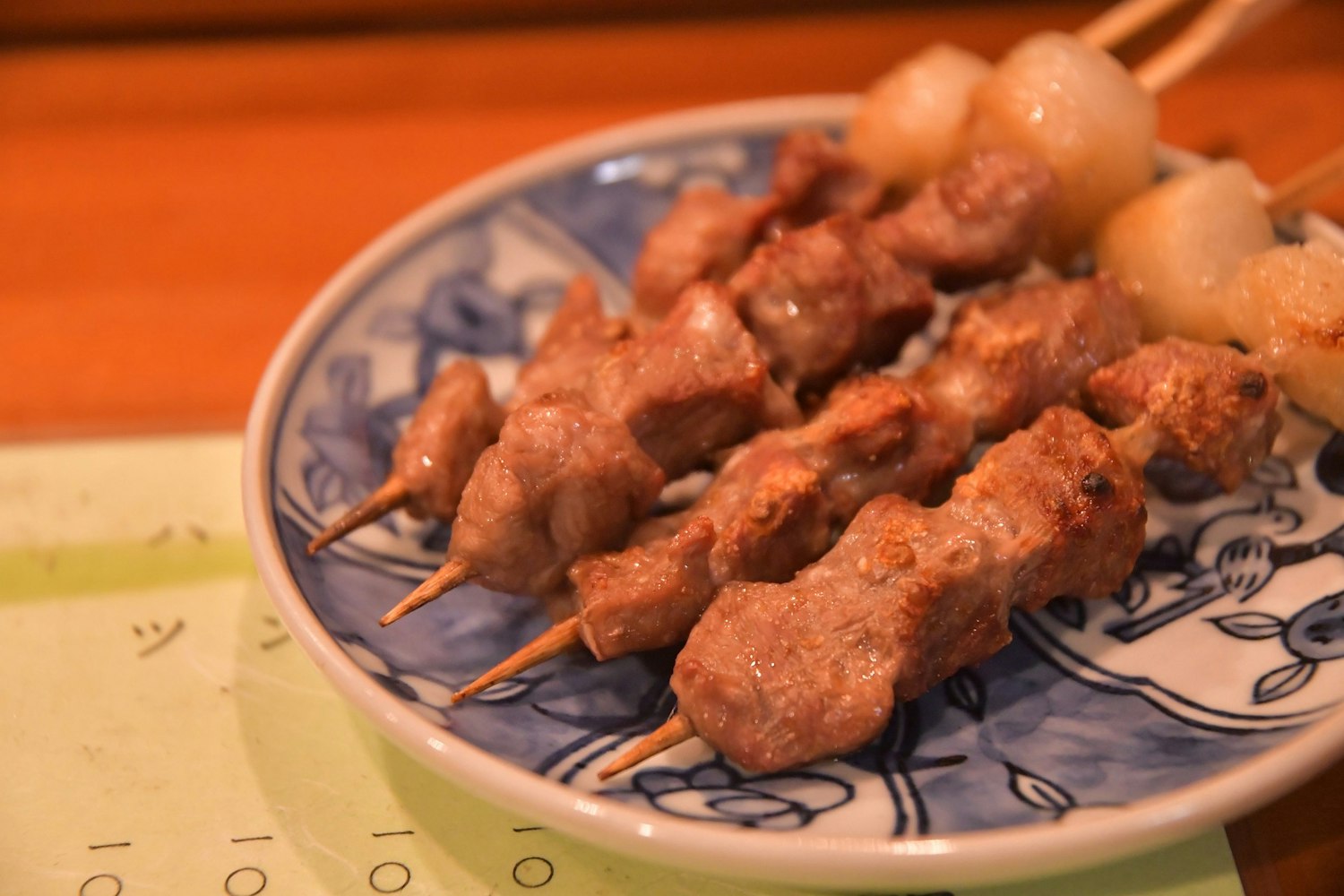
Image Credit: YujiMuraoka
The beauty of Yakitori lies in its simplicity and the ability to elevate each part of the chicken. Grilled to smoky perfection, each skewer is typically seasoned with either shio (salt) or tare (a sweet and savory soy-based sauce) that enhances rather than mask the taste of the chicken. Yakitori stands as a testament to the Japanese principle of mottainai, an idea that encourages respect towards all parts of an ingredient and minimizing waste.

Savor this combination at an izakaya in Nara.
When it comes to the art of Japanese haute cuisine, nothing embodies its spirit quite like Kaiseki. Born from the traditional Japanese tea ceremony, Kaiseki is a meticulously prepared multi-course meal that represents the pinnacle of culinary sophistication. Each Kaiseki meal is a celebration of seasonal ingredients, artful presentation, and a balance of taste, texture, and appearance.

Image Credit: brunoming
A typical Kaiseki meal consists of small, intricate dishes, starting with an appetizer followed by a seasonal delicacy, a grilled dish, a hot pot, and finally a shokuji set that includes miso soup, pickles, and rice. However, Kaiseki is not just about the food; it's an immersive experience that appreciates the rhythm of the seasons, the aesthetics of the tableware, and the thoughtful pace at which each dish is served and savored. It encapsulates the Japanese ethos of ichi-go ichi-e, meaning 'one time, one meeting', an ethos that encourages mindfulness and cherishing each moment.
If there were a comfort food that fits right in the palm of the hand, it would be Onigiri, also known as rice balls or musubi. Simple, versatile, and portable, Onigiri has been a beloved part of Japanese cuisine for centuries. Essentially, it's a triangular or round ball of rice often wrapped with nori (seaweed) and typically filled with pickles, grilled salmon, or umeboshi (pickled plum).
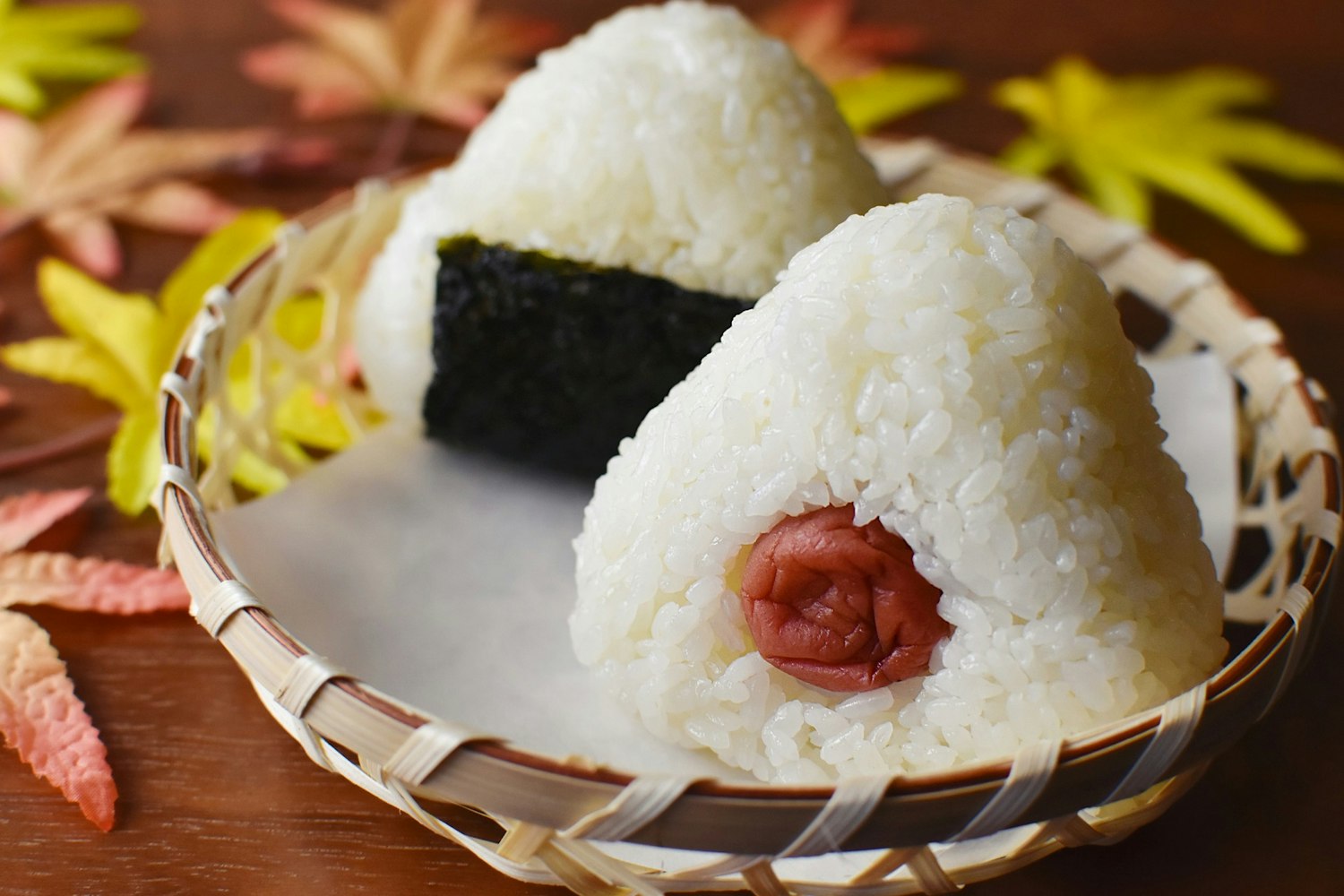
Image Credit: subarasikiai
Onigiri has inherent simplicity and convenience, making it a common feature in bento boxes, convenience stores, picnics, and as a quick snack on the go. Despite its simplicity, making Onigiri at home is considered an act of love and care. The act of shaping the warm rice and placing the fillings is often a family tradition passed down through generations. Onigiri, in its humble, unassuming way, stands as a symbol of Japanese culinary tradition - unfussy, yet packed with flavors and textures.
Miso soup, a simple but flavorful soup made from miso paste and dashi broth, is a cornerstone of Japanese cuisine. Usually paired with a bowl of rice, Miso soup is a staple in most Japanese meals, enjoyed at any time of the day - breakfast, lunch, or dinner. Ingredients added to the soup often vary by season and region but typically include tofu, wakame seaweed, and green onions.

Image Credit: eak_kkk
Miso soup represents the fundamental philosophy of Japanese culinary arts - achieving umami (savory taste) and balancing the flavors. The type of miso paste used can greatly influence the taste of the soup, ranging from white miso (shiro) that gives a sweet and mild flavor, to red miso (aka) which creates a stronger, savory soup. A bowl of miso soup is not only a symbol of home but also a testament to the art of using simple ingredients to create depth and balance of flavor.
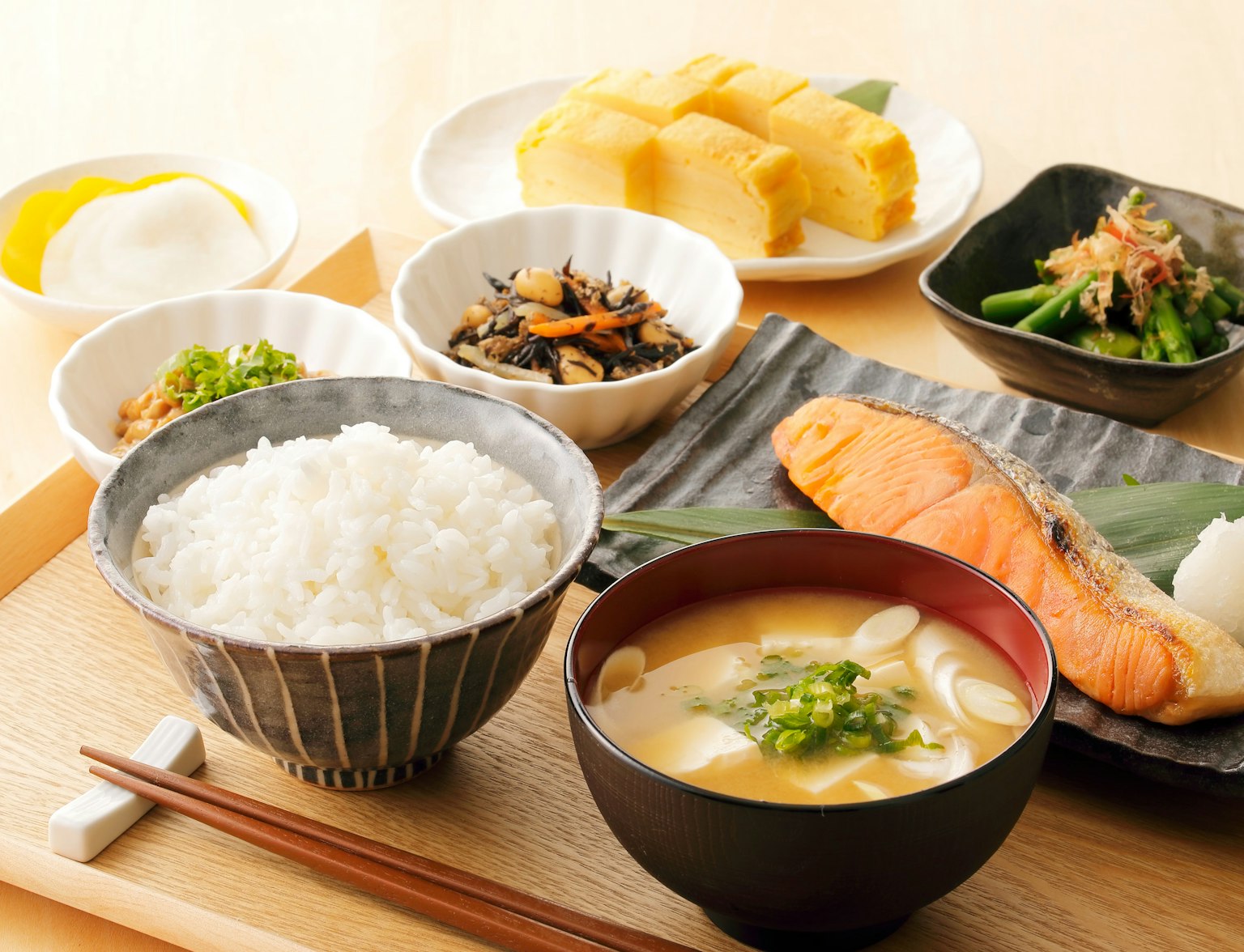
Warm your soul with hearty Miso soup brimming with pork and fresh vegetables.
Donburi, literally translated to 'bowl,' is a classic Japanese dish that features meat, fish, vegetables, or other ingredients simmered together and served over rice. The dish offers a complete meal in one bowl, demonstrating the practicality and balance inherent in Japanese cuisine. From gyudon (beef bowl) and oyakodon (chicken and egg) to katsudon (pork cutlet), donburi dishes provide a spectrum of flavors that satisfy both the palate and the soul.
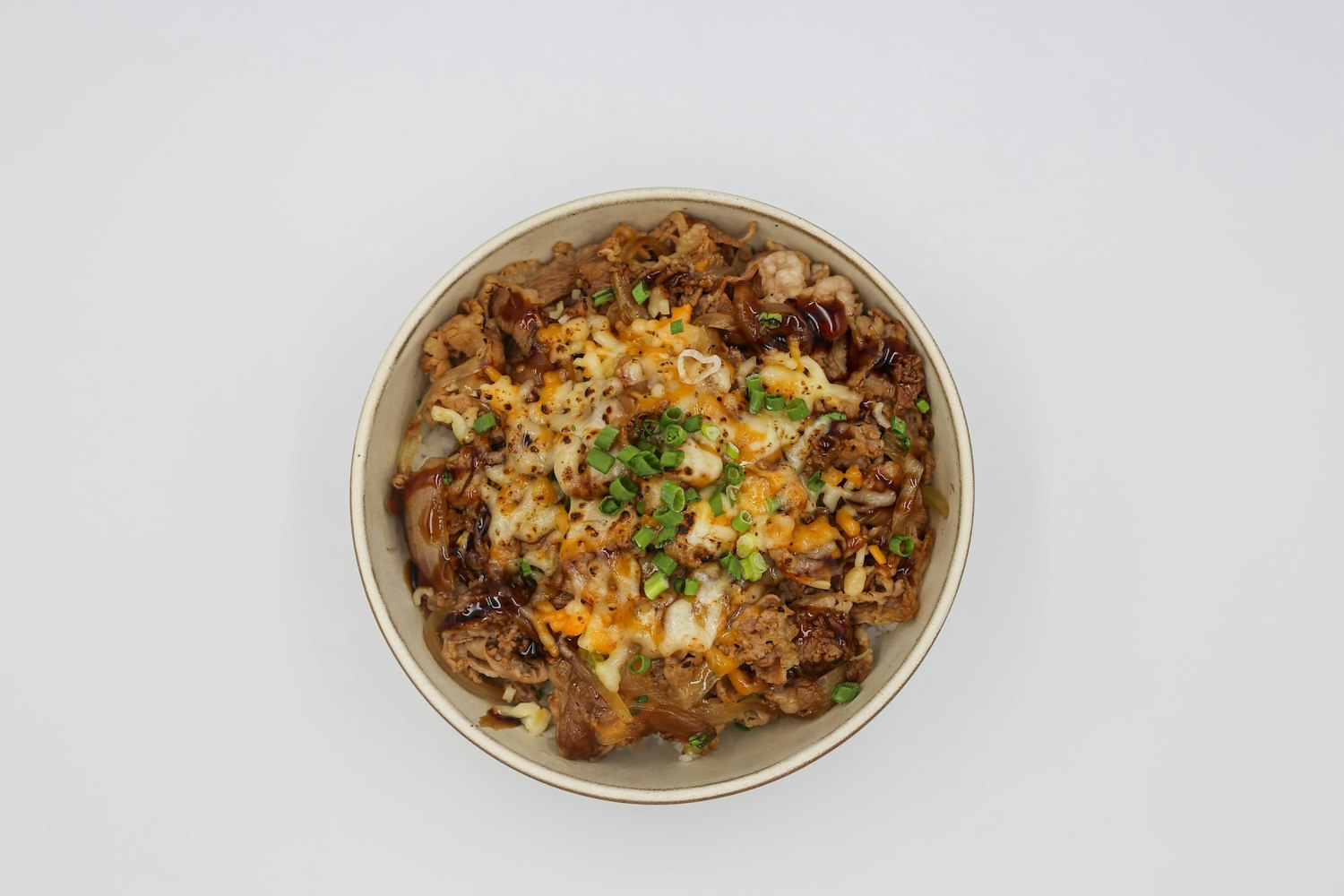
Image Credit: Xavier Chng
The beauty of donburi lies in its harmony of ingredients. The rice is not just a base but an essential element that absorbs the flavors of the simmered toppings, creating a perfect unity of flavors in each bite. Whether enjoyed at home or in a restaurant, donburi is a celebration of the everyday ingredients transformed into an extraordinary meal. Its versatility and simplicity embody the elegance of Japanese culinary artistry, where the focus is on enhancing the natural flavors and textures of each ingredient.
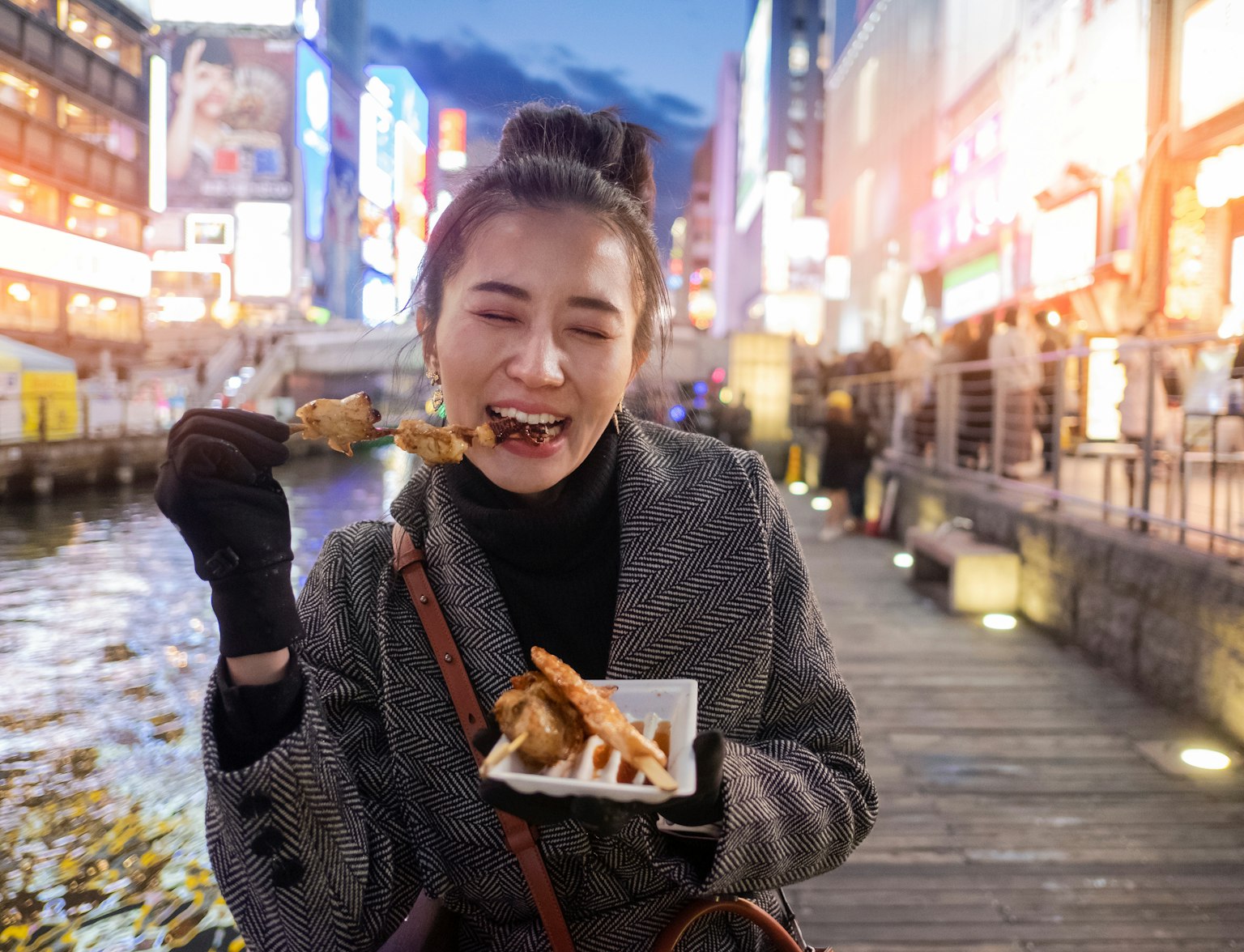
Explore donburi flavors in Japan's food capital.
In this immersive culinary exploration, we have navigated far beyond the realm of sushi to uncover the true diversity of Japanese cuisine. From the comforting allure of ramen to the artistic elegance of kaiseki, each dish offers a window into the rich tapestry of Japanese culture and the nation's profound connection with the seasons, ingredients, and traditions. This journey has served to remind us that Japanese cuisine is a delightful paradox, beautifully simple in appearance yet layered with deep, complex flavors and techniques.
With such gastronomic treasures awaiting discovery, why not experience the joy of Japanese cuisine firsthand? At Trip to Japan, we are committed to bringing you authentic, memorable culinary experiences that promise to delight your taste buds and deepen your understanding of Japan's culinary heritage. Whether participating in an interactive cooking class, embarking on a regional food tour, or dining in some of the country's most esteemed establishments, our carefully curated tours offer you the opportunity to immerse yourself in the rich tapestry of flavors that Japan offers. Ready to embark on the culinary journey of a lifetime? Browse our tour options today and let Trip to Japan guide your gastronomic adventure beyond sushi!

